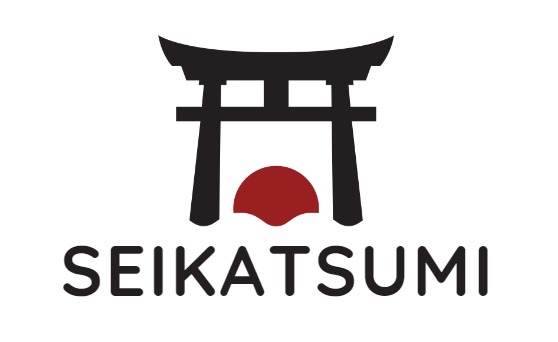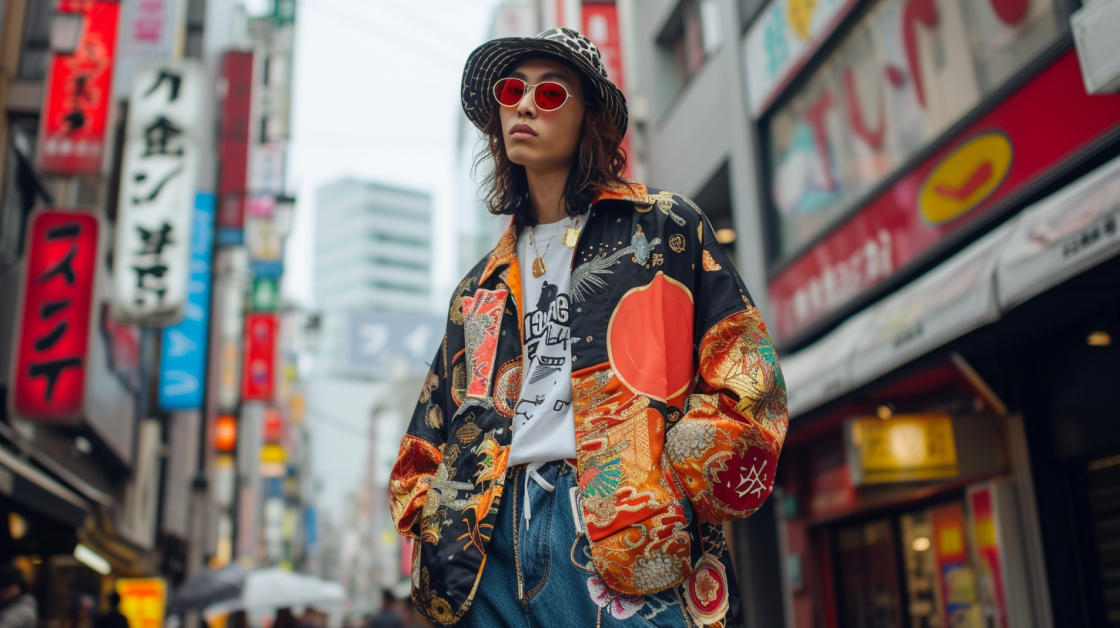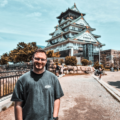Are you as mesmerized by the 90s Japanese fashion as I am? I absolutely share your fascination!
I’ve always been captivated by the groundbreaking styles and cultural shifts of that era.
That’s why I’ve dedicated so much time to researching and understanding the nuances of 90s Japanese fashion!
Join me in exploring this vibrant and transformative period in fashion history! 🙂
The Rise of Street Fashion
As I delve into the world of 90s Japanese fashion, one of the most prominent trends that stands out is the rise of street fashion.
This era saw a surge of young people expressing themselves through their clothing, creating a unique and vibrant fashion subculture that continues to influence global fashion today.
Shibuya and Harajuku Scenes
Two of the most iconic neighborhoods in Tokyo, Shibuya and Harajuku, played a significant role in the rise of street fashion during the 90s.
These areas were hotspots for young people to gather, socialize, and showcase their unique fashion sense.
In Shibuya, street fashion was heavily influenced by hip-hop culture, with baggy clothing, bold colors, and flashy accessories dominating the scene.
Meanwhile, in Harajuku, the fashion was more eclectic and avant-garde, with a focus on mixing and matching different styles and subcultures.
Ura-Hara Movement
Another significant factor in the rise of street fashion during the 90s was the Ura-Hara movement.
This subculture emerged in the backstreets of Harajuku, where young people would gather in small underground boutiques and cafes to share their ideas and showcase their fashion sense.
Ura-Hara fashion was characterized by a mix of high-end designer pieces and vintage thrift store finds, creating a unique and eclectic look that was all about self-expression.
This movement was all about taking risks and pushing the boundaries of fashion, which is why it continues to inspire designers and fashion enthusiasts around the world.
Iconic Subcultures and Styles
As a fashion enthusiast, I am always intrigued by the unique subcultures and styles that emerge from different parts of the world.
The 90s in Japan witnessed the emergence of several iconic fashion trends that continue to inspire designers and fashion enthusiasts today.
Explore some of the most popular subcultures and styles that defined the 90s Japanese fashion scene with me:
Gyaru
Gyaru is a subculture that originated in the 90s and became popular among young Japanese women. The Gyaru style is characterized by a bold and flamboyant look that includes dyed hair, heavy makeup, and flashy clothing.
The style was heavily influenced by Western fashion trends, and the Gyaru girls were often seen wearing platform shoes, short skirts, and revealing tops.
Hey you! Are you interested in more fashion tips? Then be sure to check out our top articles! You definitely can’t miss it!
Japanese Spring Fashion Men: The Latest Top Trends and Styles for 2024
Japanese Traditional Clothes Men: The Best Timeless Fashion Of Japan In 2024
30+ Japanese Minimalist Fashion Outfits: Simplicity and Elegance 2024
Ganguro
Ganguro is another subculture that emerged in the 90s and gained popularity among young Japanese women. The Ganguro style is characterized by a deep tan, white makeup around the eyes, and brightly colored clothing.
The style was often associated with rebellion and was seen as a way for young women to break away from traditional Japanese beauty standards.
Visual Kei
Visual Kei is a subculture that emerged in the 80s and gained popularity in the 90s. The Visual Kei style is characterized by androgynous looks, elaborate hairstyles, and flamboyant clothing.
The style was heavily influenced by rock music and was often associated with bands like X Japan and Malice Mizer.
Kogal
Kogal is a subculture that emerged in the 90s and became popular among high school girls. The Kogal style is characterized by a school uniform with a short skirt, loose socks, and dyed hair.
The style was often associated with rebellion and was seen as a way for young women to break away from traditional Japanese societal norms.
Influence of Pop Culture
As someone who grew up in the 90s, I can attest to the immense impact that Japanese pop culture had on fashion during that time.
From music to anime, it seemed like everything coming out of Japan was influencing the way people dressed and expressed themselves.
J-Pop Impact
One of the biggest influences on fashion during the 90s was J-Pop, or Japanese pop music. Artists like Namie Amuro and Ayumi Hamasaki were not only known for their catchy tunes, but also for their unique and bold fashion choices.
Their music videos and live performances often featured colorful and edgy outfits that quickly became popular among fans.
In addition to the artists themselves, J-Pop also influenced fashion through its fans. Many fans of J-Pop would emulate the styles of their favorite artists, often incorporating elements like platform shoes, bright colors, and oversized accessories into their own outfits.
Anime and Manga
Another major influence on 90s Japanese fashion was anime and manga. These popular forms of entertainment often featured characters with distinctive and eye-catching outfits, which quickly became popular among fans.
One of the most iconic anime of the 90s was Sailor Moon, which featured a group of girls with magical powers who fought evil while wearing stylish and colorful outfits.
The show’s popularity led to a surge in interest in Japanese fashion, particularly among young girls.
Manga, or Japanese comics, also played a role in shaping fashion during the 90s.
Many popular manga series featured characters with unique and fashionable outfits, which often inspired fans to create their own versions of these outfits in real life.
Fashion Designers and Brands
As I dive deeper into the world of 90s Japanese fashion, I can’t help but be amazed by the sheer creativity and innovation of the designers and brands that emerged during this time.
Let’s take a closer look at some of the most influential fashion designers and brands of the 90s:
Hanae Mori
Hanae Mori was a trailblazer in the world of Japanese fashion, becoming the first Asian woman to be admitted as an official haute couture design house in Paris.
Her designs were known for their elegance and sophistication, often featuring bright colors and bold patterns.
Mori’s use of traditional Japanese motifs and techniques, such as kimono-inspired silhouettes and intricate embroidery, helped to establish a uniquely Japanese aesthetic in the world of high fashion.
Issey Miyake
Issey Miyake is perhaps one of the most well-known Japanese fashion designers of all time, and for good reason. His designs were often characterized by their avant-garde shapes and structures, and he was known for experimenting with new materials and technologies.
Miyake’s Pleats Please line, which debuted in the early 90s, was particularly groundbreaking, featuring garments made from pleated polyester that could be folded and stored in a compact space.
Comme des Garçons
Comme des Garçons, which translates to “like boys” in French, was founded by designer Rei Kawakubo in 1969. The brand quickly gained a reputation for its avant-garde designs and unconventional approach to fashion.
In the 90s, Comme des Garçons became known for its deconstructed, asymmetrical designs, which often featured unexpected cutouts and unusual shapes.
The brand’s collaborations with artists and musicians further cemented its status as a cultural icon.
The 90s were a time of incredible creativity and innovation in the world of Japanese fashion, and these designers and brands played a major role in shaping the aesthetic of the era.
From Hanae Mori’s elegant designs to Issey Miyake’s groundbreaking use of materials, and Comme des Garçons’ avant-garde approach to fashion, these designers and brands continue to inspire and influence the world of fashion today.
Legacy and Revival
As someone who grew up in the 90s, I have fond memories of the iconic fashion trends that emerged from Japan during that era.
From the colorful and quirky Harajuku style to the Gothic-inspired Visual Kei style, the 90s saw the emergence of several iconic fashion trends that continue to inspire designers and fashion enthusiasts today.
Modern Takes on 90s Trends
One of the most exciting aspects of 90s Japanese fashion is the way in which designers continue to reinterpret and reimagine the iconic trends of that era.
For example, designers like Yohji Yamamoto and Issey Miyake continue to push the boundaries of avant-garde fashion, while also incorporating elements of traditional Japanese design into their work.
Meanwhile, streetwear brands like A Bathing Ape and Undercover have taken inspiration from the bold graphics and playful designs of 90s Japanese fashion, creating their own unique takes on the trend.
And of course, the Harajuku style remains a popular and influential trend in its own right, with designers like Tsumori Chisato and Junya Watanabe putting their own spin on the colorful and eclectic look.
Continued Global Influence
Beyond Japan, the legacy of 90s Japanese fashion can be seen in the work of designers and brands around the world.
In particular, the influence of Japanese streetwear and avant-garde fashion can be seen in the work of designers like Virgil Abloh, Demna Gvasalia, and Raf Simons.
Moreover, the continued popularity of anime and manga has helped to keep the spirit of 90s Japanese fashion alive, inspiring countless cosplayers and fans around the world to embrace the colorful and playful aesthetic of the era.
My own personal favorite Outfit!
In my opinion, 90s Japanese fashion is incredibly cool, particularly for its iconic combination of black chunky shoes and loose jeans, topped with a cool oversized sweater sporting an eye-catching print.
This ensemble captures the essence of the 90s aesthetic – a blend of comfort and bold style statements. The chunky shoes add an edgy, rebellious touch to the outfit, while the loose jeans provide a relaxed, carefree vibe.
The oversized sweater, especially with a unique and cool print, is the perfect nod to the era’s love for statement pieces that stand out.
This look is not just about fashion; it’s about expressing a sense of individuality and freedom, which is what makes the 90s Japanese fashion so timeless and appealing to me.
It’s the perfect mix of comfort and style that defines the decade’s fashion legacy.
Frequently asked Questions
What are key features of 90s Japanese fashion?
Bold, experimental styles with oversized fits and mixed patterns.
Did 90s Japanese fashion influence global trends?
Yes, it significantly influenced global streetwear and high fashion.
Were any specific brands popular in 90s Japan?
Brands like Comme des Garçons and BAPE were iconic in the 90s.
If you liked this blog article about 90s japanese fashion, don’t forget to follow us on Pinterest so you don’t miss any more fashion tips.
Let us know, which of the above ist your favorite 90s japanese fashion outfit!


